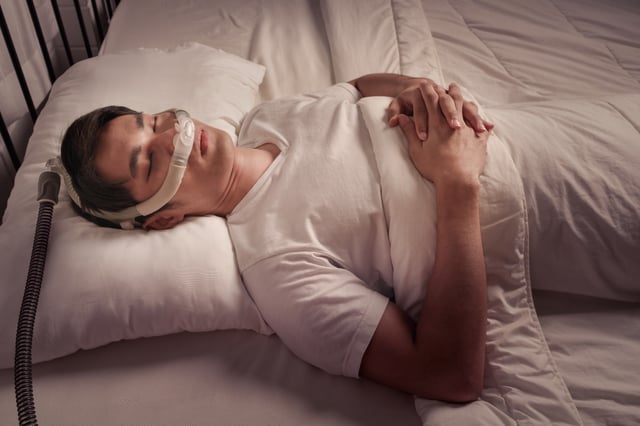Overview
- A Nature Communications study found that each rise in ambient temperature is linked to a 45 percent higher likelihood of obstructive sleep apnea on any given night and warns cases could double by 2100 under current warming trends.
- Researchers analyzed over 58 million nights of sleep data from 116,000 people using FDA-cleared under-mattress sensors and matched the results with hourly climate model temperatures.
- In 2023 alone, climate-linked increases in apnea severity were tied to the loss of about 800,000 healthy life years across 29 countries and an estimated $98 billion hit to wellbeing and workplace productivity.
- European nations and lower-income populations with limited access to air conditioning experienced the largest temperature-driven jumps in sleep apnea severity.
- Study authors urge expanded screening, localized cooling interventions and stronger climate policies to head off mounting health and economic burdens from sleep apnea.



